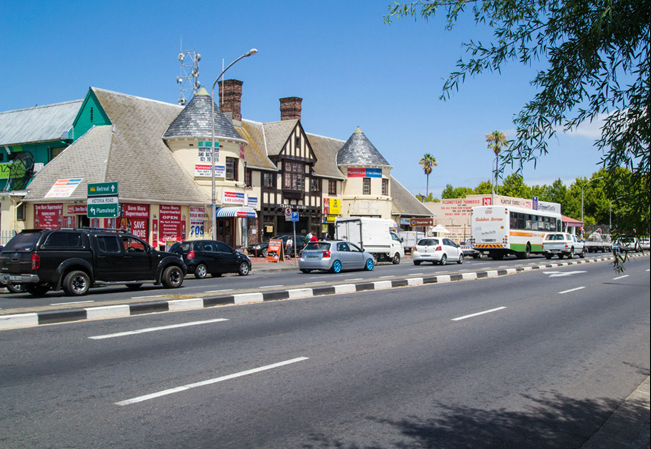Plumstead was developed on the site of an old VOC Military Camp some 13km South of Cape Town and, by 1823, was already a growing Village. The Cape Town-Wynberg suburban Railway reached Muizenburg on 15 December 1882, and included a Railway Station at Plumstead. The fairly large Suburb of Plumstead, just South of Wynberg, divided into two by the Main Road and the Railway Line, could easily be mistaken for the English village after which it is named - if a village is possible in the heart of London’s Greenwich or Cape Town. Regarded as the ‘Cinderella’ of Wynberg and Diep River, Plumstead is filled with homes built during the 1940s and 1950s and its residents are largely pensioners and young arty types who are buying up older homes here and transforming them into modern renditions.
The Train Station in Plumstead bustles in the morning as people commute in and out of the City, and it’s one of the few Stations that lie almost in the heart of the Suburb, which is possibly what contributes the most to its English village feel. That and the horse-drawn carts that grace the streets, as Local Merchants collect scrap metal or other household items rendered unnecessary by their owners.
The Main Road is dotted with Antique and Second-Hand Furniture Shops where you can still find reasonable deals and Plumstead Fisheries is not only a local landmark, but serves the best fish and chips for miles around. Plumstead has good access to both the M3 and the M5 and getting to False Bay’s beaches is really easy from here. The suburb is also close to Constantia, Kirstenbosch and Maynardville Theatre in Wynberg.
